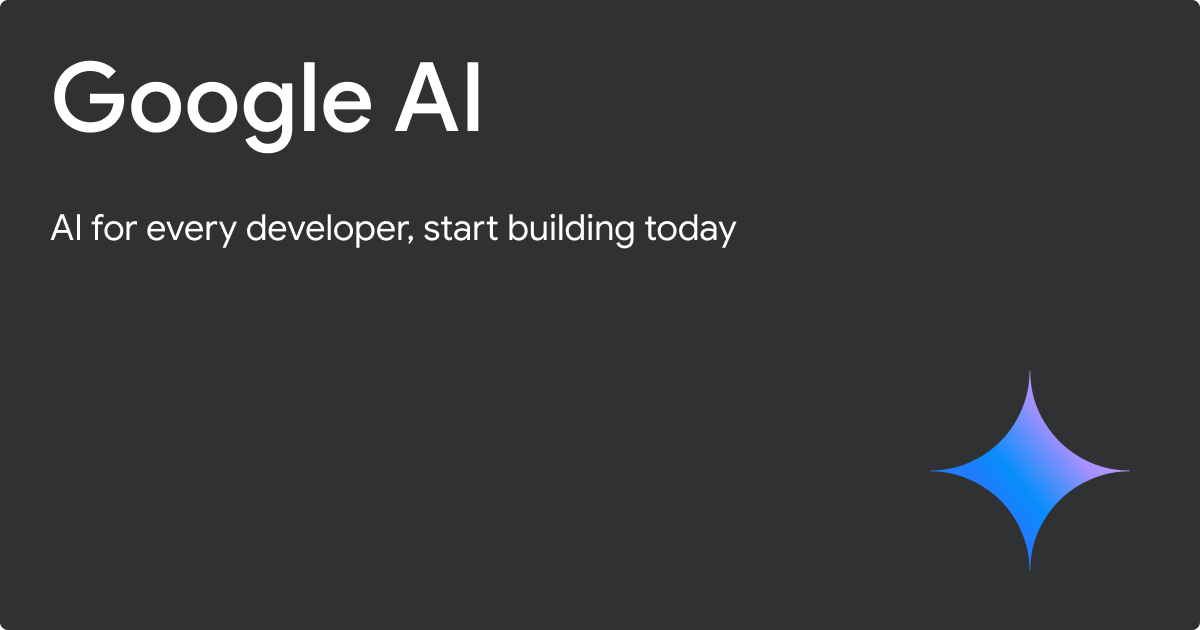- AI Nuggetz
- Posts
- From AI Labs to Agent Tools: What’s Actually Useful Right Now
From AI Labs to Agent Tools: What’s Actually Useful Right Now
Claude’s agent guide, eye-tracking AI, and the brain mapped in 150 million images
This week’s issue covers two areas: AI in scientific research, and real frameworks for building agents not hype, just useful systems. These aren’t theoretical, they’re being tested, published, and shipped. Here’s what matters and what you can actually take away.
1. The Mouse Brain That Took 150 Million Images to Map
Researchers just completed the most detailed brain scan ever, mapping an entire mouse brain in 3D at nanoscale resolution.
What they did:
Used high-resolution electron microscopy to capture 150 million images
Applied AI to stitch and segment the data into a full brain map
The final model includes 84,000 neurons and 500 million synapses
Why it matters:
It’s part of the MICrONS project, aiming to reverse-engineer how brains compute
This kind of model helps scientists simulate cognition, model disorders, and maybe train next-gen AI models on biological structure
What you’ll learn:
AI isn’t just interpreting data, it’s enabling scale. Without machine learning, this kind of brain mapping would take years. Now it’s days.
This is a strong example of AI as a tool for scientific acceleration, not just content generation.
2. NHS Launches World's Largest AI Breast Cancer Screening Trial
The UK's National Health Service (NHS) is initiating the world's most extensive trial of artificial intelligence in breast cancer diagnosis. The study will analyze approximately 700,000 mammograms to assess AI's accuracy and reliability compared to traditional radiologist evaluations.
Key Details:
Scale: AI will be used to interpret two-thirds of the mammograms, with the remaining third reviewed by two radiologists, allowing for a direct comparison of results.
Objective: Determine if AI can match or surpass human radiologists in detecting breast cancer, potentially streamlining the diagnostic process.
Potential Impact: If successful, the trial could lead to a model where a single radiologist's assessment is supplemented by AI, reducing the workload and expediting diagnosis.
Why It Matters:
Efficiency: AI integration could alleviate the burden on radiologists, addressing the shortage of specialists and reducing patient wait times.
Accuracy: Previous studies, such as a 2023 trial in Sweden, indicated that AI could reduce radiologists' workload by half without increasing false positives.
Global Significance: Success in this trial could position the NHS as a leader in AI-driven healthcare, setting a precedent for other health systems worldwide.
What You’ll Learn:
This trial exemplifies how AI can be harnessed to enhance diagnostic accuracy and efficiency in healthcare. By potentially reducing the need for dual radiologist reviews, AI could streamline breast cancer screening processes, leading to earlier detections and better patient outcomes.
3. Anthropic’s Agent Framework (Claude)
Anthropic has shared practical insights on constructing robust AI agents using their Claude models. Drawing from collaborations with various teams, they've identified key principles that lead to successful agent implementations.
Key Takeaways:
Simplicity Over Complexity: Effective agents often utilize straightforward, composable patterns rather than intricate frameworks.
Modular Design: Building agents with clear modules, such as planning, memory, and tool integration enhances adaptability and scalability.
Transparency in Reasoning: Ensuring agents can articulate their decision-making processes fosters trust and facilitates debugging.
Iterative Development: Starting with minimal viable agents and refining them based on feedback leads to more reliable systems.
This guide is invaluable for developers aiming to create AI agents that are not only functional but also aligned with user expectations and safety standards.
4. Google's Gemini Ecosystem: Building Practical AI Agents
Google is expanding its AI capabilities through the Gemini ecosystem, offering tools like NotebookLM and Vertex AI Agent Builder to facilitate the development of intelligent agents.
NotebookLM: An AI-powered note-taking and research assistant that helps users synthesize information from various sources.
Features:
Summarizes and explains complex documents.
Generates audio overviews in multiple languages, transforming written content into conversational summaries.
Vertex AI Agent Builder: A platform that enables developers to create and deploy enterprise-grade AI agents.
Capabilities:
Supports the creation of multi-agent experiences.
Integrates with existing processes without disruption.
What You’ll Learn: Google's Gemini ecosystem provides practical tools for building AI agents that can understand and act upon user inputs, enhancing productivity and decision-making processes.
🧩 AI Nugget of the Week:
What’s the difference between AI and Machine Learning?
Artificial Intelligence (AI) is the goal: get machines to perform tasks we consider intelligent
Machine Learning (ML) is the method: give them data, and let them improve through patterns
Deep Learning is a type of ML that uses layered neural networks
You can have AI without learning (rules-based systems), and learning without high-level “intelligence.” But today’s best models use all three.



